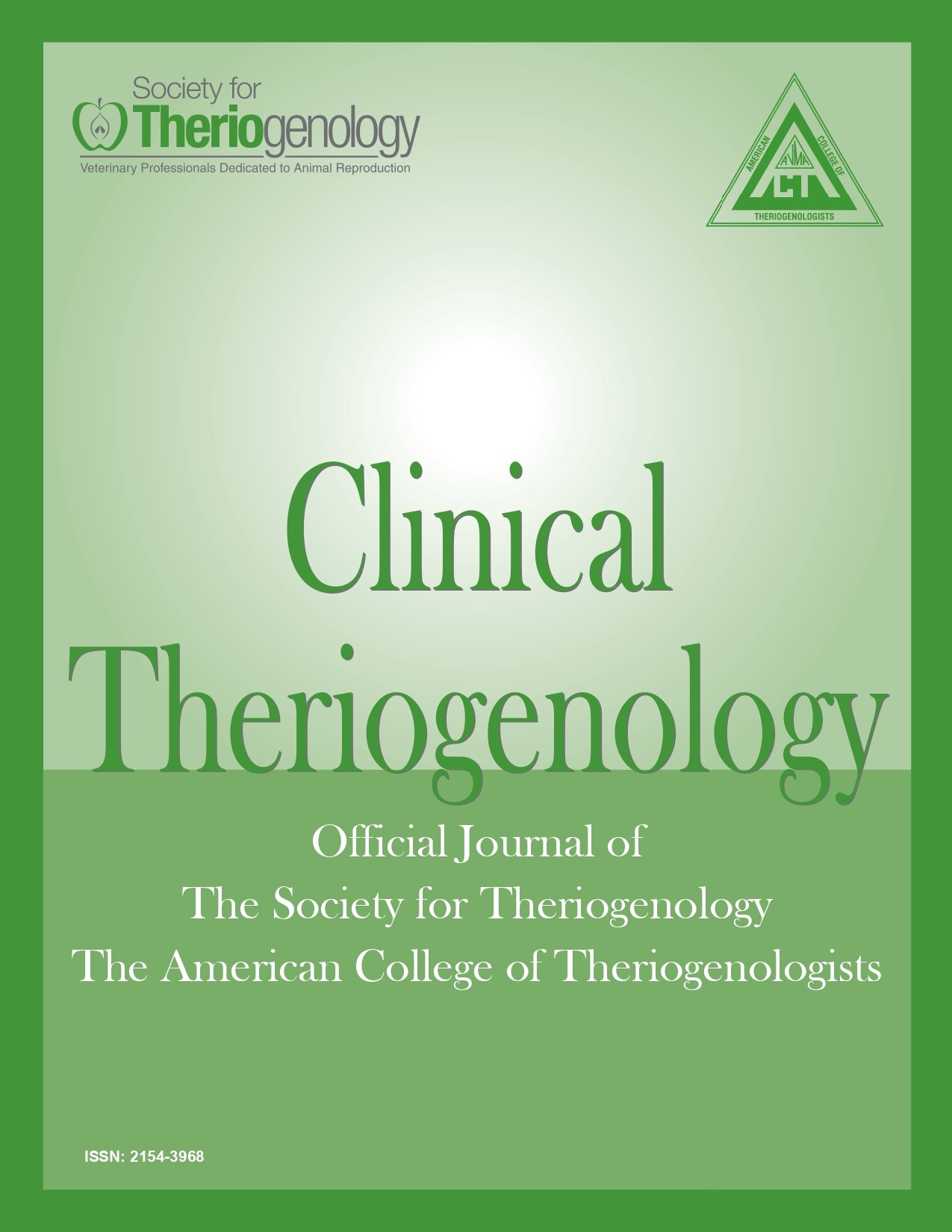The Value Of Pregnancy Diagnosis – A Revisit To An Old Art
Abstract
Rectal palpation (RP) for pregnancy diagnosis between 35 to 50 days post-insemination has been a fixture of veterinary practice since the 1950’s. In the last decade ultrasound (US) has replaced palpation for pregnancy diagnosis as it facilitates early days to diagnosis, typically 26 to 28 days post-insemination. More recently, blood tests for bovine pregnancy proteins (BP) have become available. These tests typically can be used by 30 days post-insemination in cows more than 90 days post-calving. In general all three tests have similar sensitivity and specificity for pregnancy diagnosis. Attributes differ slightly in cost, but differ significantly in veterinary involvement in performing the test. Blood pregnancy testing may be performed by cattle managers with no veterinary intervention, which has significant implications for veterinary practice. No matter the test, the value of pregnancy diagnosis is in identifying non-pregnant cows earlier post-insemination and returning them to a re-insemination program. Heat detection rate (HDR) and conception rate (CR) influence the optimal days post-insemination for pregnancy diagnosis. As HDR and CR increase, the value of pregnancy diagnosis must be performed earlier post-insemination. However, earlier pregnancy diagnosis post-insemination detects more pregnancies which will be lost due to early embryonic mortality, dictating re-testing of pregnant animals in a more timely fashion. Herd programs structured on weekly and biweekly testing are more valuable than those scheduled monthly. The optimal pregnancy test post-insemination is influenced by EED, HDR and CR, number of cows tested within each period and cost of herd visit and test. Programs should be structured on a herd-to-herd basis based on utility to the producer.
Downloads
Authors retain copyright of their work, with first publication rights granted to Clinical Theriogenology. Read more about copyright and licensing here.





